Tucked away in the bylanes of one of Chennai’s most popular neighborhoods Besant nagar is the renowned Kalakshetra foundation. Founded way back in 1936 by Rukmini Devi Arundale, one of pioneers in the field of Bharatanatyam dance, this is a center for true connoisseurs of art.
The sprawling campus that is spread across 100 acres, houses the College of fine arts, the Rukmini Devi Museum and the Koothambalam (Kalakshetra theatre). An integral part of the institute is the distinctive Kalakshetra Craft Centre that is located across the road and opposite to the main campus.

The center produces some of the most elegant cotton, silk-cotton and spun silk sarees along with a host of other items like bags, purses and dress materials. A tradition started by Rukmini Devi herself, the Kalakshetra saree is the epitome of grace, beauty and tradition. Known for their striking deep colors and contrasts, these sarees exude class along with design brilliance.
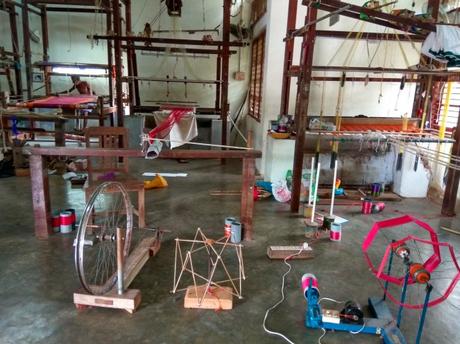
The weaving Centre was inaugurated in 1937 when craftsmen from Kanchipuram weaved magic with the yarn sourced from Bangalore at that time.
The tradition is still preserved today and one can witness skilled weavers creating sarees using the tradmark yet complex weaving technique known as ‘korvai’.
I was quite fascinated to see the weavers deftly move their hands while operating the loom along with what appeared to be a real complex matrix of threads to me!
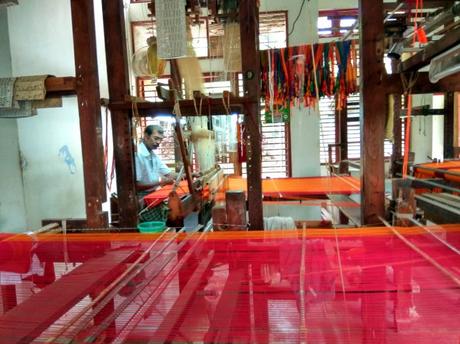

I was given to understand that a saree requires at least 2 days to complete.
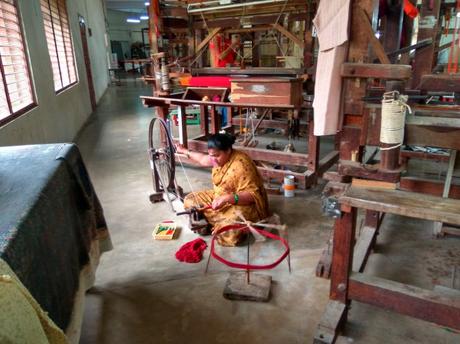
Apart from handloom sarees, the unit also produces unique block printed kalamkari fabric. The blocks which have some really exclusive designs are dipped in vegetable dyes that are organic and then embossed on specially treated cloth to produce dress materials, bed sheets and host of fabrics used for a wide variety of purposes.
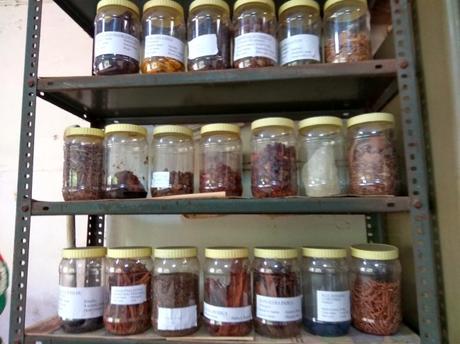
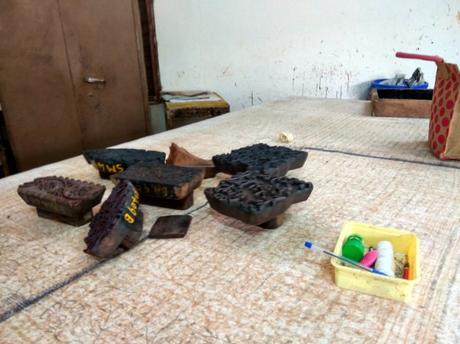
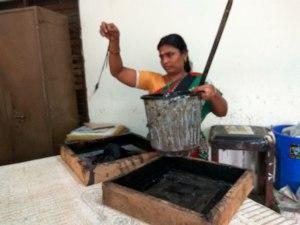
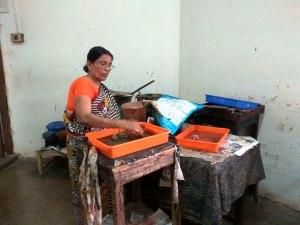
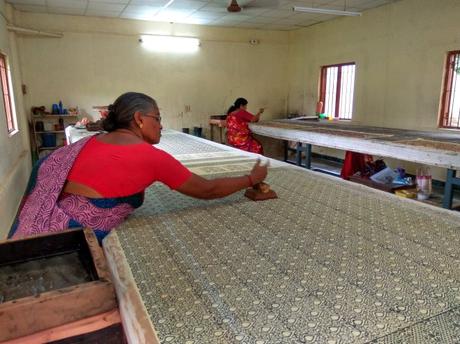
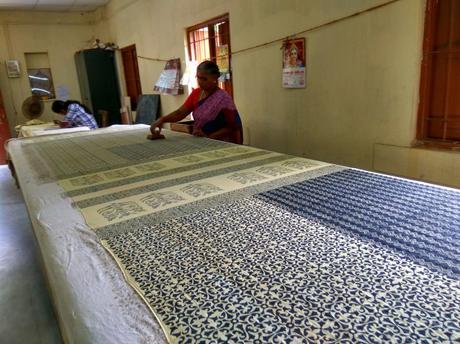
The most interesting part of the unit, is their hand painting division which manufactures hand painted sarees and fabric. The way the ladies moved their brushes effortlessly on the cloth while creating some of the most aesthetic designs had me stunned. It was an obvious reflection of their immense skill and talent.
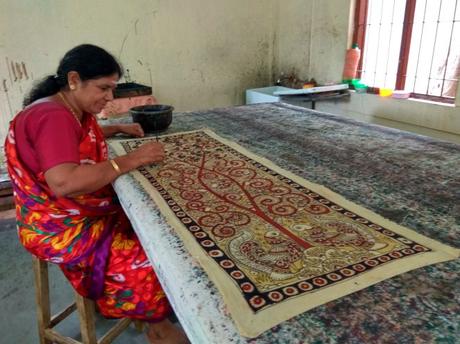
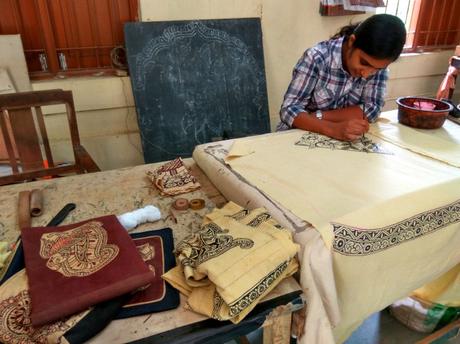
The printed and painted fabrics are specially treated and washed in house before they are finally ready.
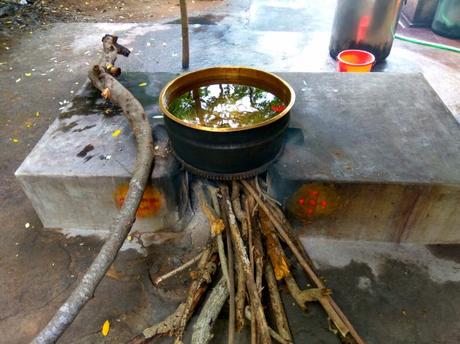
The center has a small retail unit where you can buy sarees, dress material and a host of other hand made knick knacks.
